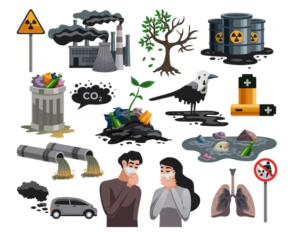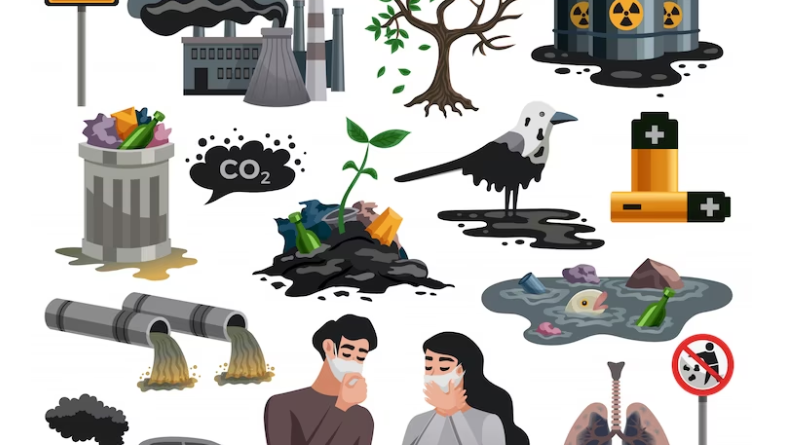Pollution Control Technologies
Introduction:
Pollution is a pressing global issue that requires urgent attention and effective solutions. In this blog post, we will delve into various pollution control technologies aimed at mitigating the adverse effects of pollution on air, water, soil, and the overall environment. Additionally, we will address frequently asked questions regarding pollution control devices and strategies to combat different types of pollution.

Pollution Control Technologies
Air Pollution Control Technology
Air pollution poses a significant threat to public health and the environment. Explore cutting-edge technologies such as:
- Particulate Matter Filters: How these devices capture and reduce airborne particles.
- Catalytic Converters: Understanding their role in converting harmful gases into less harmful substances.
- Scrubbers: Examining the process of removing pollutants from industrial emissions.
Water Pollution Control Technology
Water pollution affects aquatic ecosystems and human well-being. Discover technologies like:
- Bioremediation: How microorganisms are employed to break down pollutants in water.
- Activated Carbon Filtration: The use of carbon to adsorb impurities from water.
- Electrocoagulation: A technique involving electrical charges to remove contaminants.
Soil Pollution Control Technology
Soil pollution can have detrimental effects on agriculture and ecosystems. Learn about:
- Phytoremediation: The use of plants to absorb and accumulate contaminants from the soil.
- Biodegradation: Microorganisms breaking down pollutants in the soil.
- Soil Vapor Extraction: A technique for removing volatile contaminants from the soil.
Environmental Pollution Control Technology
A holistic approach to pollution control involves technologies addressing multiple environmental facets, such as:
- Integrated Environmental Management Systems: Coordinated strategies for comprehensive pollution control.
- Smart Sensors and Monitoring: Utilizing technology to detect and address pollution in real-time.
- Waste-to-Energy Technologies: Converting waste into usable energy, reducing environmental impact.
Thermal Pollution Control Technology
Industrial processes often contribute to thermal pollution. Explore methods like:
- Cooling Towers: Enhancing heat dissipation from industrial processes.
- Thermal Discharge Regulations: Government guidelines to control the release of heated water into natural bodies.
Land Pollution Control Technology
Land pollution affects terrestrial ecosystems and human health. Learn about:
- Landfill Liners: Preventing the leaching of pollutants into the soil.
- Incineration: Controlled burning of waste to minimize environmental impact.
- Recycling Technologies: Reducing land pollution by reusing materials.
Conclusion:
By understanding and implementing these pollution control technologies, we can work towards a cleaner, healthier planet. It’s crucial to combine technological advancements with individual and collective efforts to address the diverse challenges posed by pollution in its various forms.
FAQs:
Q. What are Pollution Control Devices?
Explore various devices used for pollution control, ranging from simple filters to advanced scrubbers and catalytic converters.
Q. How Can We Control Air Pollution?
Discuss practical steps such as reducing emissions from vehicles and industries, promoting cleaner energy sources, and implementing stricter air quality regulations.
Q. How Can We Control Water Pollution?
Examine measures like wastewater treatment, reducing industrial discharges, and promoting sustainable agricultural practices.
Q. How Can We Control Noise Pollution?
Explore methods like sound barriers, zoning regulations, and community awareness campaigns to mitigate noise pollution.
Q. How Can We Control Environmental Pollution?
Highlight the importance of integrated approaches, sustainable practices, and public awareness in controlling overall environmental pollution.



